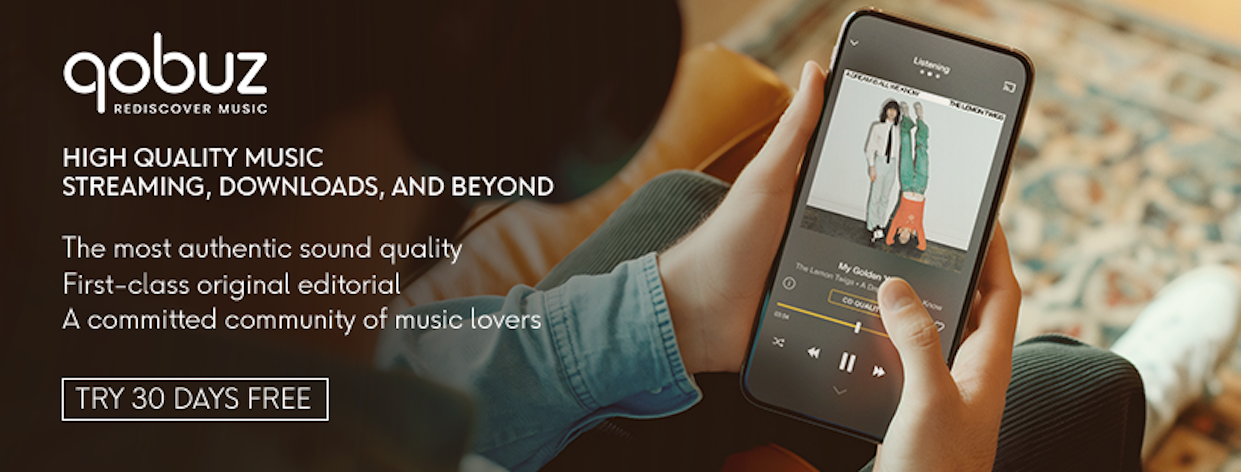Issue #162 – The Blues Project
SEÁN CASEY pens a two-part chronicle of AL KOOPER and MIKE BLOOMFIELD across issues #162 and #163. In this short extract, we look at Kooper’s involvement in THE BLUES PROJECT
Soon after Al Kooper’s infamous stroke-of-luck session with Dylan – a story recreated in James Mangold’s recent biopic A Complete Unknown and one that Kooper fervently objects to being asked about – he joined The Blues Project, who were auditioning at Columbia Records.
Prior to full membership, Kooper played piano on a version of Eric Andersen’s timeless ‘Violets Of Dawn’, the B-side to their stomping debut single ‘Back Door Man’, which was issued by Verve after Columbia declined.
Formed in Greenwich Village as The Danny Kalb Quartet in 1964, flanking the eponymous leader was a revolving roster of players – a trend reflective of the scene’s churn – including bassist Andy Kulberg, drummer Roy Blumenfeld, and guitarists Steve Katz and Artie Traum. Singer Tommy Flanders joined a year later when they were rechristened The Blues Project after an Elektra compilation Kalb had contributed to.
Rock ’n’ roller Kooper was given a crash-course in the blues by his new bandmates: BB King, Muddy Waters, Howlin’ Wolf and Blind Willie Johnson. It was an education that served him well. “Danny would play me these treasures for hours on the guitar and phonograph until he was satisfied that the sound had been strummed into my head permanently.”
They set to work creating a repertoire to pitch to the clubs and basket houses, and Kooper’s first performance came in November ’65 when they shared the stage with comedian Richard Pryor. Two weeks later they opened for Chuck Berry at The Village Theatre, and, following a week-long residency at The Café Au Go Go, they amassed a cult following, embodying the polarising evolution of the Village scene from its purist (folk) roots to a more commercial, electric movement. Within itself, the band represented a tug of war for a new scene’s heart.
After former-Columbia producer Tom Wilson signed them to Verve, his new boss Jerry Schoenbaum stuck a deal with the club’s owner Howard Solomon to record a live Thanksgiving show featuring blues greats John Lee Hooker and Muddy Waters, alongside their new signing, resulting in the Project’s first LP Live At The Cafe Au Go Go. “They [Verve] didn’t know whether we were Paul Revere & The Raiders or The Mothers Of Invention,” Kooper later reflected. “Neither did we.”
Though far from earth-shattering, it did enough to convince the label that the group were worthy of investment, and that winter – ahead of its release in March ’66 – they were whisked off to perform throughout Massachusetts, Connecticut and California, before returning to New York (including a Nashville sojourn by Kooper to perform on Dylan’s Blonde On Blonde).
The first of a series of line-up changes took place when Flanders quit. “He stayed in LA. He wound up in one of those Jack Nicholson teenage exploitation movies,” Katz told Don Wilcock of Flanders’ bit-part in ’68’s Psych Out. “He was like a co-star, which was perfect for him. I mean he just didn’t fit in with the rest of us, but the problem was there was no great singer. Kooper tried, and so did Danny.”
Even so, they forged ahead, recording new material in New York and LA, including an ill-fated (and unreleased) session with arranger Jack Nitzsche. The recordings formed the basis of their second album Projections, by which time Kooper had taken centre stage, shaping – along with Katz – a broader blues-blend incorporating baroque-folk, garage and jazz. They adapted arrangements by others, as well as constructing their own compositions, including Kooper’s mesmeric ‘Flute Thing’ (later sampled by The Beastie Boys), ‘Fly Away’ and Katz’s ‘Steve’s Song’.
Despite studio time being dependent on the punctuality of The Animals – another recent signing of Wilson’s – it sold well, landing at #52 on the Billboard charts, boosted by relentless gigging, including a late-night jam with Bloomfield in July ’66. With sales three times that of their debut, the band’s star was ascending, and they began rubbing shoulders with heavy hitters on both sides of the Atlantic, sharing stage and screen with Cream, Canned Heat, Aretha Franklin, Jefferson Airplane and The Who. But as their reputation grew, conflict intensified over their creative direction. Specifically brass.
“I wanted horns, and they didn’t want horns, and it got to the point where I was bringing all this material in, and it was just being turned away. It was very frustrating. So, I left, semi-amicable, later amicably,” Kooper said in ’68.
“Well, that kind of was it,” Kalb concurred in 2018. “Except that I also think Al wanted full control. A horn section would have changed the music from a band that was taking chances with genres to a certain kind of Memphis horn-based band. I think Al was looking that way, and I think he thought he could get a lot more money.”
To read the full article order issue #162. Actually, just subscribe. Not only will you get the second part, you’ll be signing up for so much more.

